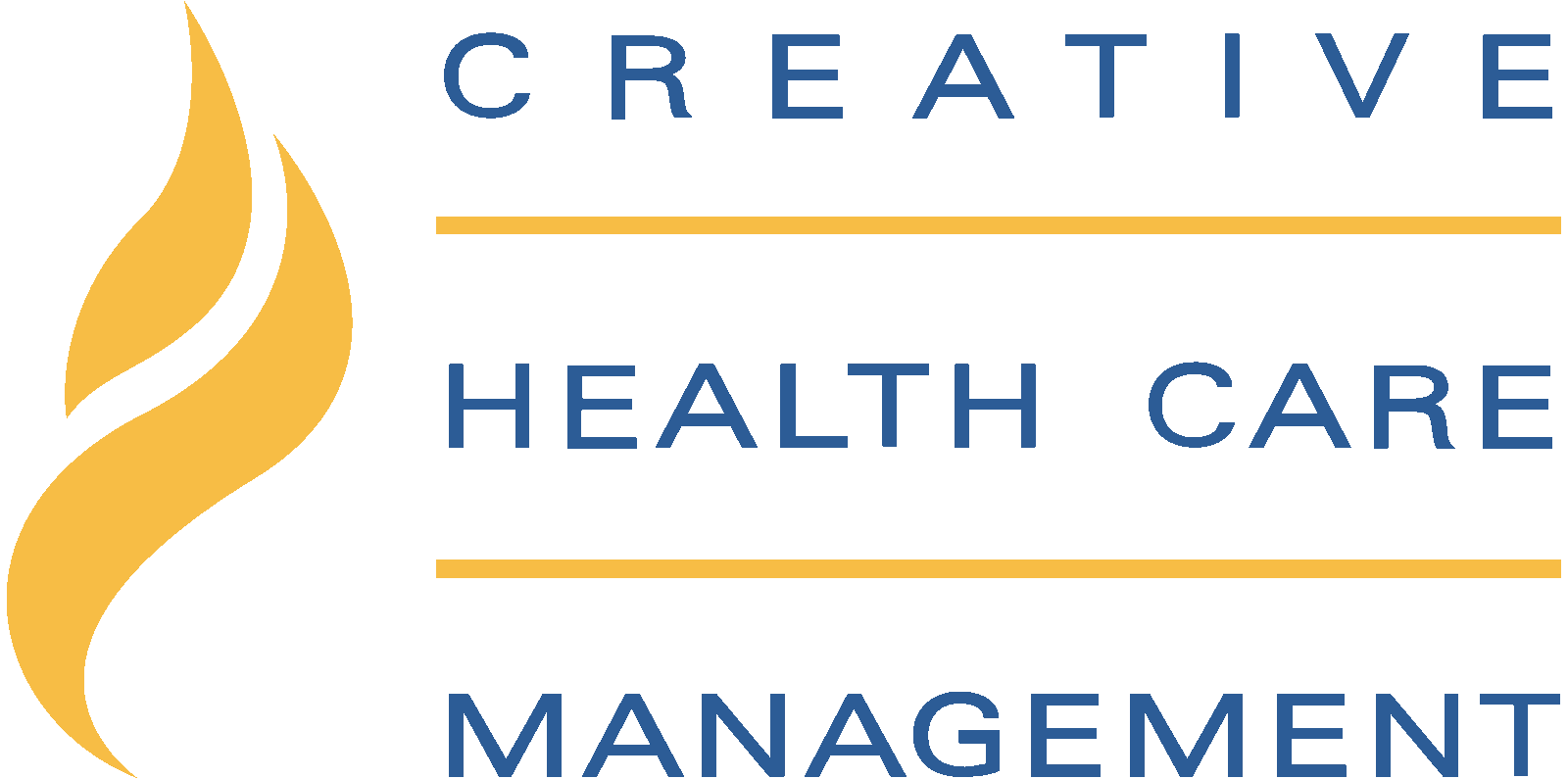There is no denying how complex the healthcare industry can be — nor how it is one of the fastest changing industries in the world. These characteristics have led to a huge growth and the opening of more opportunities in the healthcare and medical fields, but the industry still faces a lot of challenges. In order to keep up with the rapid changes in healthcare — and in the world in general — there is a critical need for effective leadership and empowered employees in the healthcare industry.
Why Empowering Leadership Is Essential

Without leadership empowerment, it would be impossible to meet the demands of the industry and the ever-evolving needs of patients.
Strong healthcare leadership is non-negotiable. The decisions made by those at the top and the way they manage employees profoundly impacts employee performance, quality of care, public perception, and the hospital’s bottom line.
Empowering leaders understand the importance of providing their team members with their full and visible support. No leader has all the answers. The best leaders know the difference between micro managing and empowering a team member. Having good listening skills and sharing new ideas helps managers and their entire staff face new challenges giving employees the opportunity to remain effective in their jobs and feel confident in their abilities.
Moreover, current leaders in the healthcare field — such as hospital administrators and management staff — are key to develop an empowering leadership style and empowered employees. These employees can then become the next empowering leader who will continue to look after patients’ best interests and drive the industry forward.
The Benefits of Empowering Employees
Having an empowered team lead pushes everyone under them to greater heights. This results in gains for the hospital — from increased productivity to better patient care quality and job satisfaction.
The advantages of empowered employees include:
- Happier and more content employees: An empowered team member will feel more in control. This helps them form a deeper connection with their healthcare organization and job to feel greater responsibility for the work they do.
- Employees go the extra mile: Employees who feel empowered are more invested in finding the most effective ways to try new strategies, take calculated risks, and contribute more for the improvement of their team and workplace.
- Workplace environment and retention improves: Content employees create a more positive workplace culture and foster career development. It also helps boost employee retention. Having the same team work together for a longer period of time may also help improve teamwork and overall decision making.
- Better business performance and bottom line: Better individual performance, when observed throughout the organization, can lead to better quality of care. This leads to positive public perception, more patients, and better business performance.
Leadership Empowerment in Healthcare?
Healthcare management and medical professionals all carry heavy responsibilities on their shoulders. As such, they need a certain set of leadership skills and traits to become empowering and effective as they guide their team. An important and empowering leader understands their authority and leadership functions utilizing these traits as a strategic asset. A good leader trusts their employees and is willing to empower others to take control.
Below are several characteristics or qualities necessary for empowering leaders.
Responsibility
Empowering leaders need to be able to take full responsibility for the requirements of the position they hold and all the tasks given to them. Regardless of what empowering leadership style they choose to implement, they need to be able to take charge and show authority when necessary, make decisions that account for the team and the consumer’s interests, and be able to stand by their actions.
Humility
Empowering leaders should be able to show humility. Despite the authority given to them, they need to be able to place themselves in the shoes of others, especially the members of their team. It’s important for leaders to be capable of admitting their wrong doings, ask for assistance, and show vulnerability — serving as an example for their team. This also helps build trust and respect.
Visionary
Leaders who positively influence and empower others need to have vision. They need to be able to see the bigger picture, set ambitious but attainable goals, and guide their team to focus on the steps they need to take to make that vision into reality.
Mentoring
If you want to encourage employees and make them feel empowered, then mentorship is essential. Good leaders are good mentors; they share their knowledge and help their team improve. Positive mentorship has a huge impact on healthcare workers’ professional development.
Trustworthy
Reliability, integrity, and honesty — all indicators of a trustworthy person — are essential for empowering leadership. These values help foster a positive and healthy relationship, not only with fellow team members but also with your patients.
Collaborative
Collaboration is crucial for empowering leadership and employees. Leaders need to understand the value of teamwork. They work together with their team, rather than simply directing them and staying on the sidelines. These healthcare leaders communicate well, know the strengths and weaknesses of their team, and are able to delegate accordingly to ensure optimal participation and better patient outcomes.
Leadership Models That Promote Employee Empowerment

Another key factor for empowering employees is the leadership model or style that healthcare organizations and its leaders employ. There are many different leadership models in the world, each with their own pros and cons.
However, not all of them help promote employee empowerment. Some may only promote empowerment in certain situations while some are entirely ill-advised if you are aiming to encourage and support employees.
One distinct example of this is the directive leadership style. Also known as autocratic leadership style, this primarily involves instructing employees on what to do and ensuring they do as instructed, often by enforcing consequences.
This leadership model can be helpful for new or inexperienced employees, but it can be detrimental for experienced and skilled employees who can already work on their own and do not constantly depend on their leader. Insisting on using the style of directive leadership can result in unmotivated employees.
Rather than only using a directive leadership model, it is better to consider the following leadership styles as well.
Participative Leadership
Also known as collaborative or democratic leadership, this leadership style is characterized by pushing the whole team to collaborate or work together to achieve their goals. You encourage employees to be creative, take responsibility, and share their ideas to help the organization improve.
Shared Governance
Shared governance is an essential tenant of professional practice. It “is a leadership model in which positional leaders partner with staff in decision making processes while creating ownership for improvement in practice” (Guanci & Medeiros 2019). The term shared is key in this model as both leaders and staff take on an active partnership role. The leader’s role is to articulate expectations, share the guardrails, or criteria which the decision must meet, share tools and information such as data, and facilitate the removal of barriers to success. Staff’s role in shared governance is use the guidance from leaders, function in a representative role for their colleagues, and make to decisions for the greater good of their unit/department/organization. Shared governance moves leaders and staff away from “us and them” to “we”.
Delegative Leadership
This leadership style promotes a hand-off approach or encourages using as little guidance as possible from leaders. Instead, leaders delegate tasks to employees, fully placing their trust on them. While some consider this the least effective leadership style, it can work wonders in conjunction with a directive leadership style based on employee performance, experience, and reliability.
Transformational Leadership
Transformational leaders empower their team or employees to transform. They help cultivate a sense of collective purpose, motivate their team to perform better, and emphasize a sense of mission. In the case of healthcare workers, this mission is both to care for patients to the best of their ability and to help their organization improve or grow.
Ethical Leadership
Ethical leadership is crucial in the healthcare industry, where workers are sometimes asked to make tough decisions for both the organization and for the patients. Ethical leadership highlights the importance of acting ethically whenever possible — treating everyone fairly, showing respect, and practicing transparency.
Effective Ways To Empower Employees in Hospital Settings

Aside from finding the best model for leadership empowerment, it is also important to consider the individual ways that can help empower employees. Below are six tips to help you nurture employees to become responsible, productive, and empowering members of the healthcare industry.
1. Define Clear Roles and Goals
Defining their roles within the whole organization, as well as within teams, as clearly as possible helps set boundaries for employees. Meanwhile, making sure that employees understand the organizational goals ensures everyone is working towards a common goal.
Understanding both their roles and their goals can also help employees come up with creative ways to help drive growth without stepping on others’ toes. It can also help promote greater autonomy, which helps improve employee motivation and confidence.
2. Give Employees Greater Professional Autonomy
Greater professional autonomy leads to better employee performance, which was evident over the course of the pandemic and the resulting remote-work movement. Although working remotely is not always possible with hospital employees, the link between better performance and autonomy still rings true.
Employees who have and feel more in control of their work feel more empowered. They gain a greater sense of responsibility, are more motivated to work and improve, and are also encouraged to be more accountable for their actions.
3. Provide All Necessary Working Tools
Ensuring your employees have all they need to do their job properly counts as structural empowerment. This involves investing in the right tools and the latest technology whenever possible to ensure a smooth and steady workflow.
In the hospital industry, this can mean investing in telehealth and messaging tools to allow for better communication — not only between the staff but also with their patients. Empowering employees doesn’t stop with simply handing them the right tools. Part of it also means giving them the necessary training to use these tools efficiently.
Having the right equipment also creates a conducive working environment.
4. Maintain Good Communication
No matter the industry, it’s crucial for leaders to make sure they listen carefully to their employees and promote open communication. This not only helps foster a good relationship between leaders and employees but also helps drive efficiency in the workplace.
Another important part of maintaining good communication is being able to give feedback, acknowledging improvements or success, and providing necessary support. Employees who know what is expected of them and know how to reach their team leads in case of trouble are able to work independently and ask for help as necessary.
5. Establish a Safe Environment for Mistakes
If you want to empower employees, it’s essential to create space where they will not fear making mistakes. Of course, making mistakes with patient care is highly discouraged. However, it pays to give employees a little more leeway when it comes to other areas in the healthcare organization.
Employees who feel secure in their work environment and know they are in a safe environment will feel more empowered to take risks, try new things, and look for creative solutions that can make a positive impact on the team. It empowers employees to take initiative and find ways to improve.
6. Provide Mental Health Support
The demanding nature of medical work can take its toll on all healthcare professionals, from doctors to nurses to hospital administrative staff. This was particularly evident during the height of the COVID-19 pandemic, where healthcare workers were continually overworked and burnt out.
Providing mental health support contributes to employees’ psychological empowerment. It can help reduce feelings of stress, anxiety, isolation, loneliness, and disconnect. More importantly, it can help ensure employees maintain a healthy lifestyle.
In turn, mentally healthy and empowered employees have more confidence in doing their tasks, perform more efficiently and effectively, and are less likely to look for other work opportunities.
Creative Health Care Management Builds Empowering Leaders

Since 1978 our company has been at the forefront of training, coaching and educating on empowering leaders. In 1982 our leadership develop program grew to what we now call LEO (Leading an Empowered Organization).
LEO coupled with Shared Governance and Relationship Based Care has allowed CHCM to help the success of many hospital systems, doctors and nurses learn new decision making skills, ideas, and abilities. Our systematic approach in helping others become empowering leadership is what we do best. For more information call us today.
References:
https://online.jwu.edu/blog/10-must-have-traits-effective-leadership-healthcare
https://www.northeastern.edu/graduate/blog/leadership-in-healthcare/
https://www.qlksearch.com/blog/4-essential-ways-healthcare-leaders-can-empower-remote-staff
https://online.regiscollege.edu/blog/how-hospital-administrators-empower-their-organizations/
https://www.usa.edu/blog/leadership-in-healthcare/
https://chcm.com/solutions/leading-an-empowered-organization/
https://core.ac.uk/download/pdf/234692626.pdf
https://managementconsulted.com/empowering-leadership
https://www.roseman.edu/student-experience/news/healthcare-a-rapidly-changing-industry/
https://quandarycg.com/how-to-empower-employees/
https://www.emerald.com/insight/content/doi/10.1108/JOEPP-03-2021-0080/full/html
https://louiscarter.com/directive-leadership/
https://matterapp.com/blog/the-pros-and-cons-of-directive-leadership
https://www.prialto.com/blog/delegative-leadership
https://www.health.state.mn.us/diseases/coronavirus/hcp/mh.html
https://wol.iza.org/opinions/employee-autonomy-during-the-coronavirus-lockdown





